Power Query: Power Query Online – Part 12
25 October 2023
Welcome to our Power Query blog. Today, I continue looking at the features on the right-click menu of the diagram view.
In the current series, I am looking at Power Query Online, which I have accessed from Power Apps:
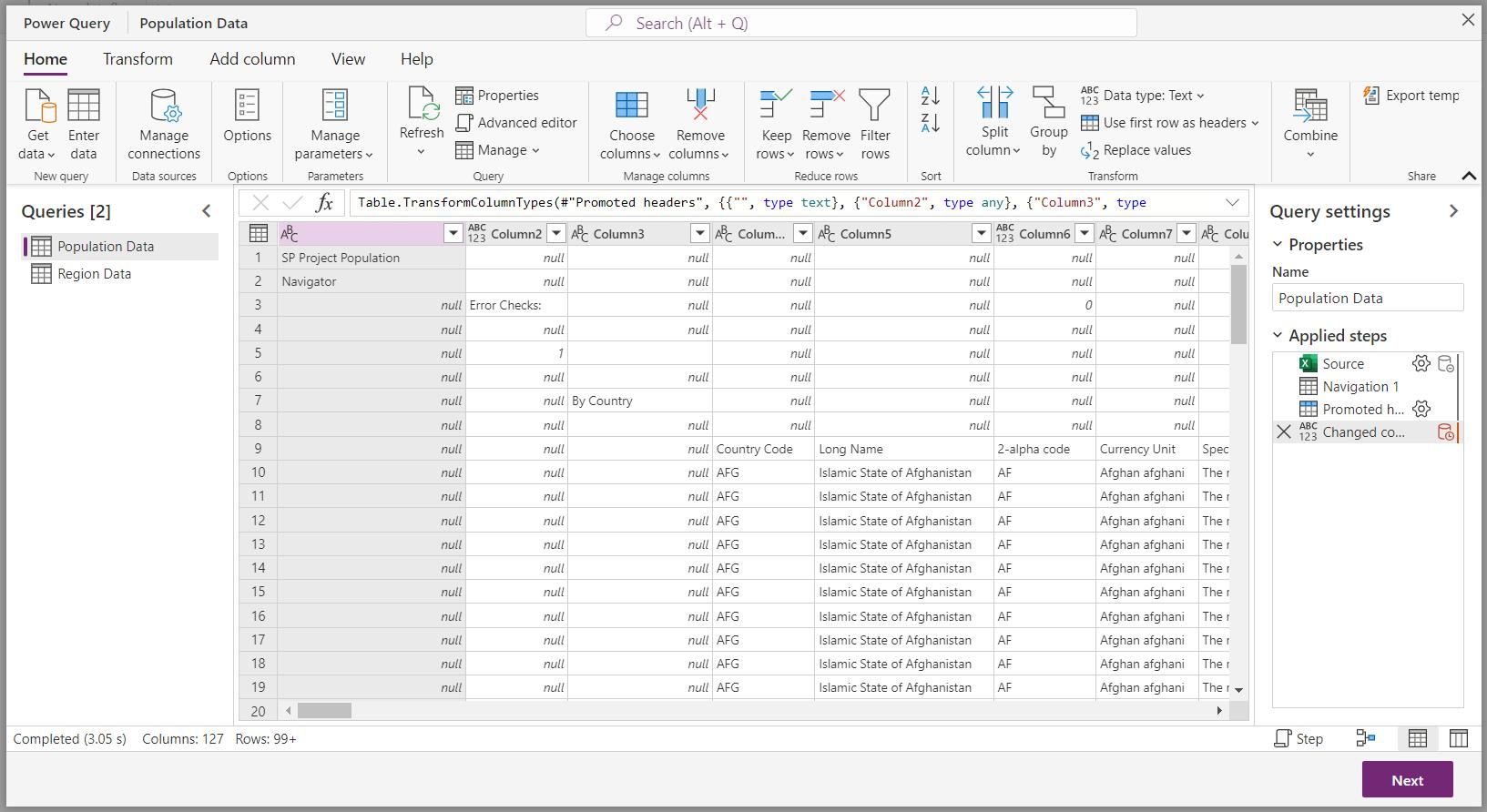
Last week, I looked at the Diagram view in Power Query Online to see the relationships between my queries:
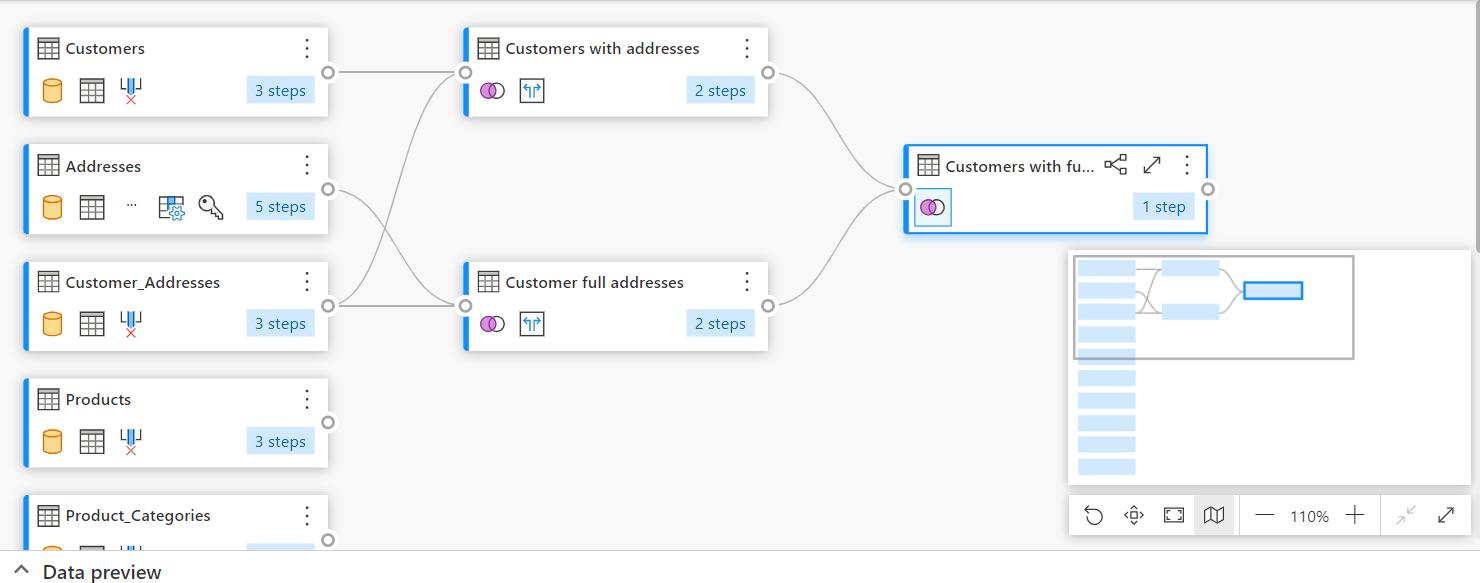
I looked at some of the settings for the Diagram view by right-clicking in the pane without selecting a particular query:
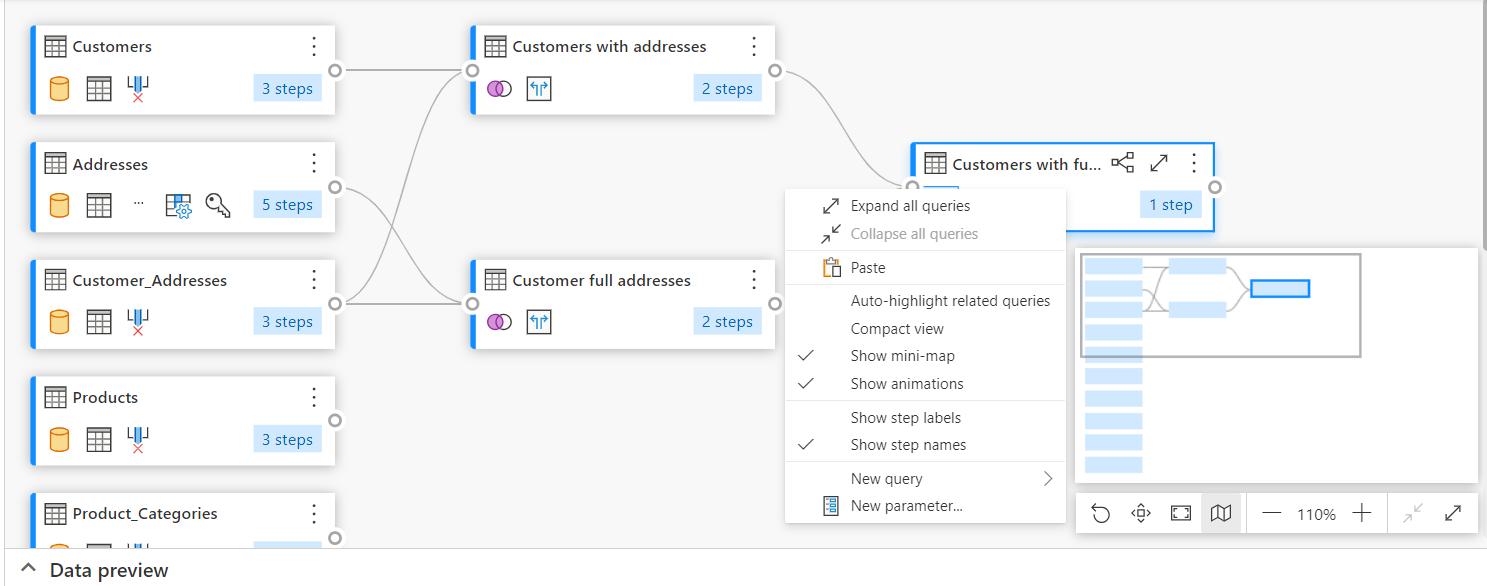
This time, I’ll look at the rest of the options on the menu:
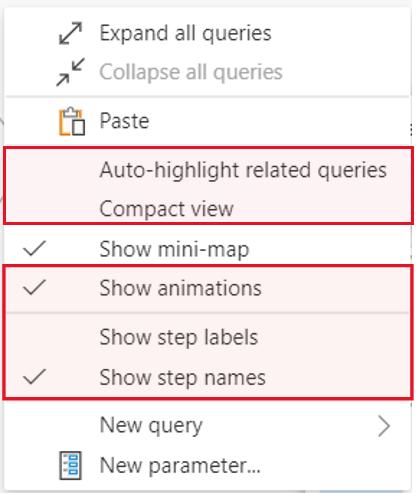
I am going to start with the lower section highlighted in the previous image. The options to ‘Show step labels’ and ‘Show step names’ actually form a toggle, I can choose one or the other. This will change the step information shown in the diagram view of the queries. The following image is with ‘Show step labels’ highlighted:
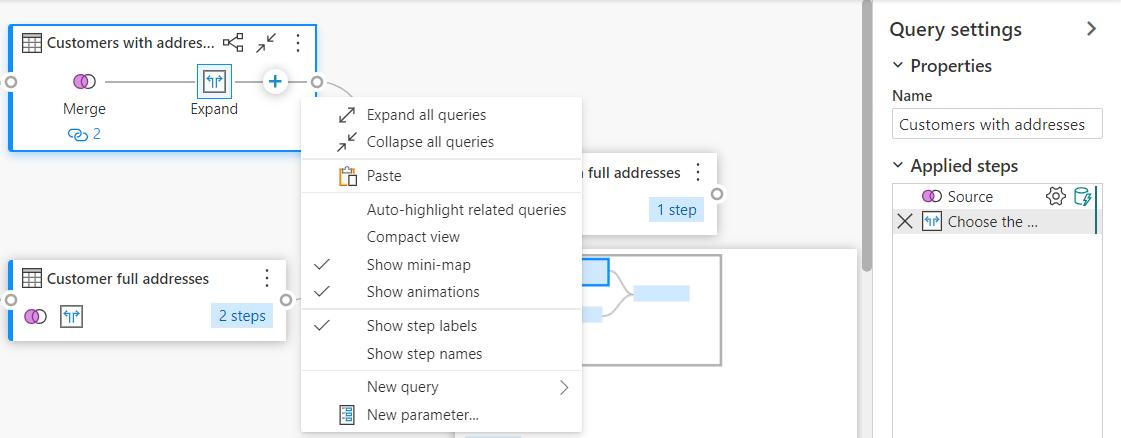
In the Customers with addresses query, the Power Query label for the second step is ‘Merge’. If I choose ‘Show step names’:

Now, the name I have given to the second step, ‘Choose the columns to be expanded’, is shown instead. Therefore, I can choose between seeing the names I have assigned to the steps or the name of the functionality the step is performing.
‘Show animations’ is an aesthetic choice. This controls how smoothly the queries expand and contract. I can show this in a gif:
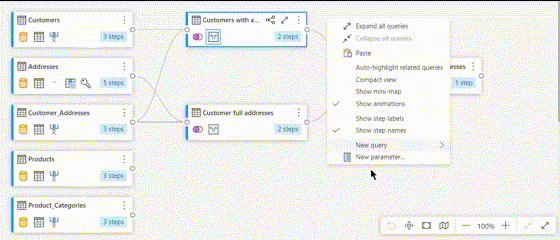
When I expand and contract queries with ‘Show animations’ switched on, the transition is smooth, and with it switched off, the queries snap from collapsed to expanded and vice versa.
Another aesthetic choice is to show my queries in ‘Compact view’. This only applies to queries that are displayed in their expanded form. Currently, my queries are not in ‘Compact view’ and the steps are arranged horizontally:
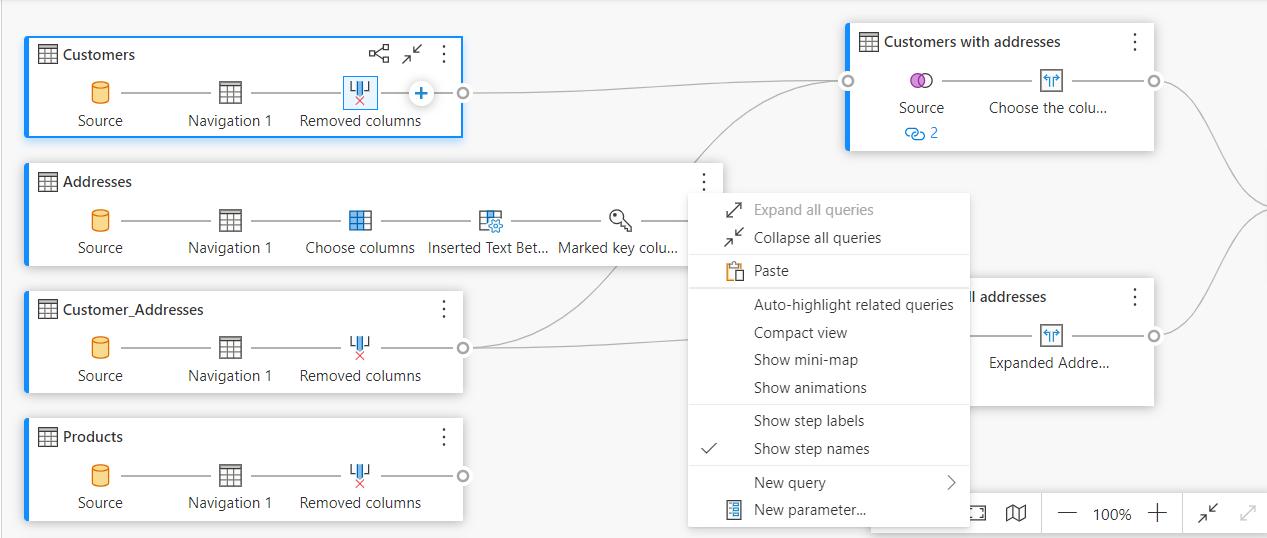
If I choose ‘Compact view’, the steps appear vertically, in a list:
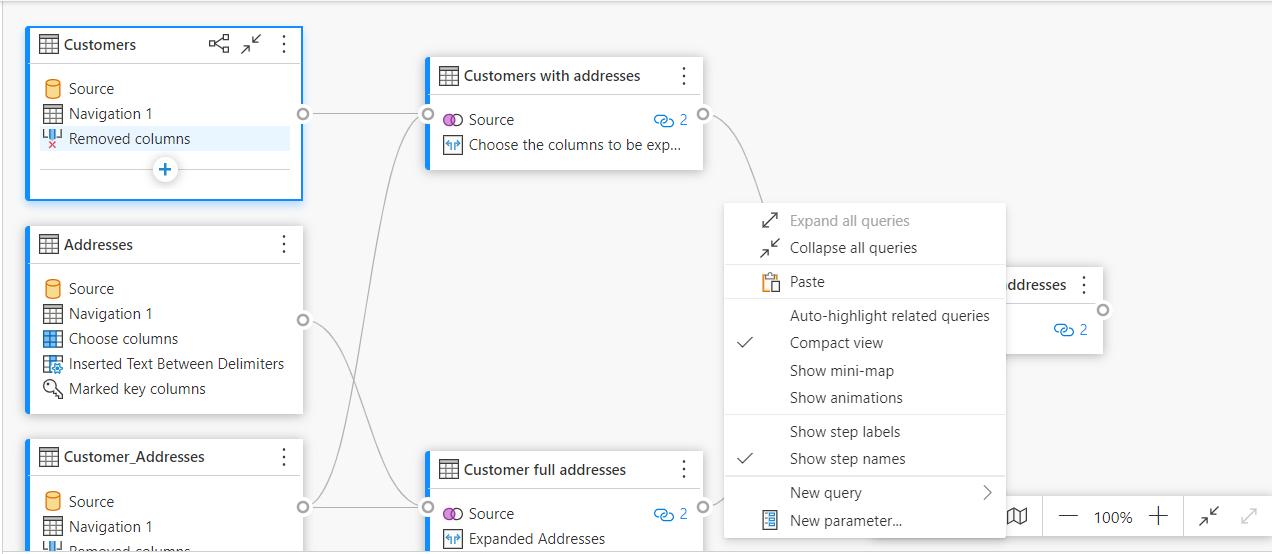
The final option that I have on the right-click menu is to ‘Auto-highlight related queries’:
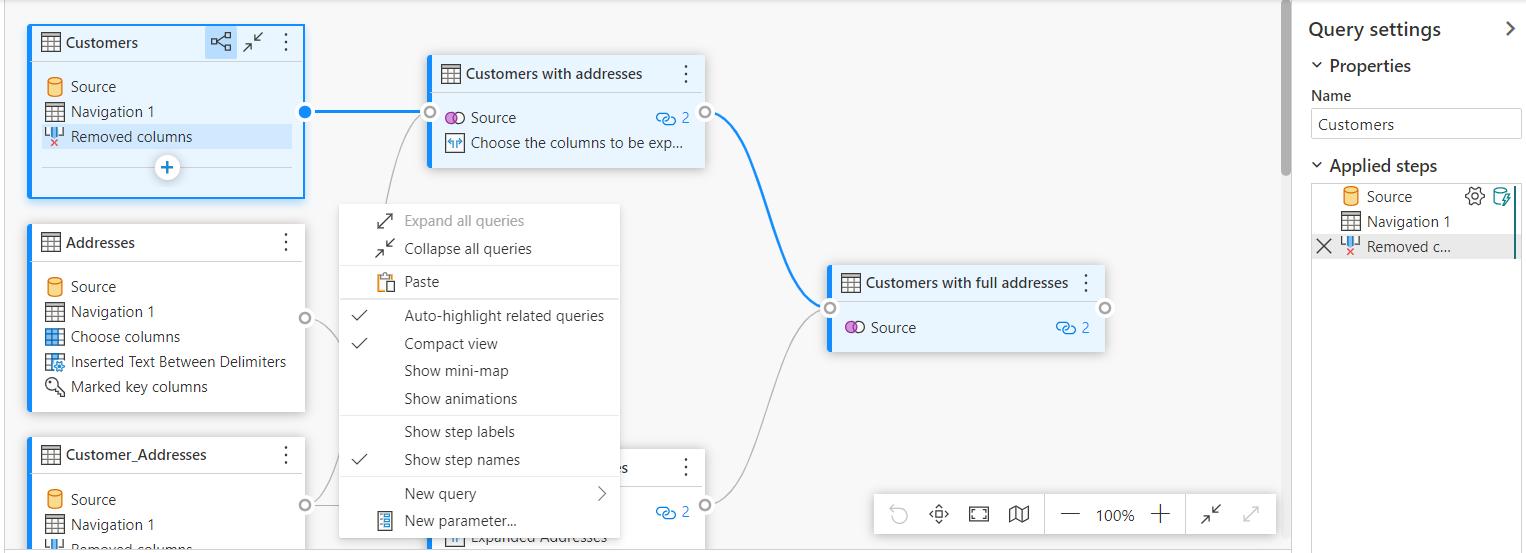
This highlights any queries that are related to my currently selected query, in this case Customers.
That’s it for this time, next time I will look at the other information pertaining to related queries.
Come back next time for more ways to use Power Query!

